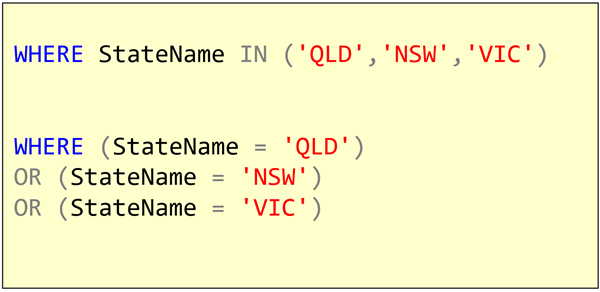SDU Tools: Working with SQL Server version, build, and release numbers
When you look at a SQL Server build number (actually a “Product Version”, you’ll see they have a format like this:
14.0.3256.1
The first number is the major version number. The second number is the minor version number. The third number is the build number. The fourth number is the release number.
These numbers are a little awkward to work with directly in T-SQL so, in our free SDU Tools for developers and DBAs, we added a set of tools that can do that for you.
2019-07-24


